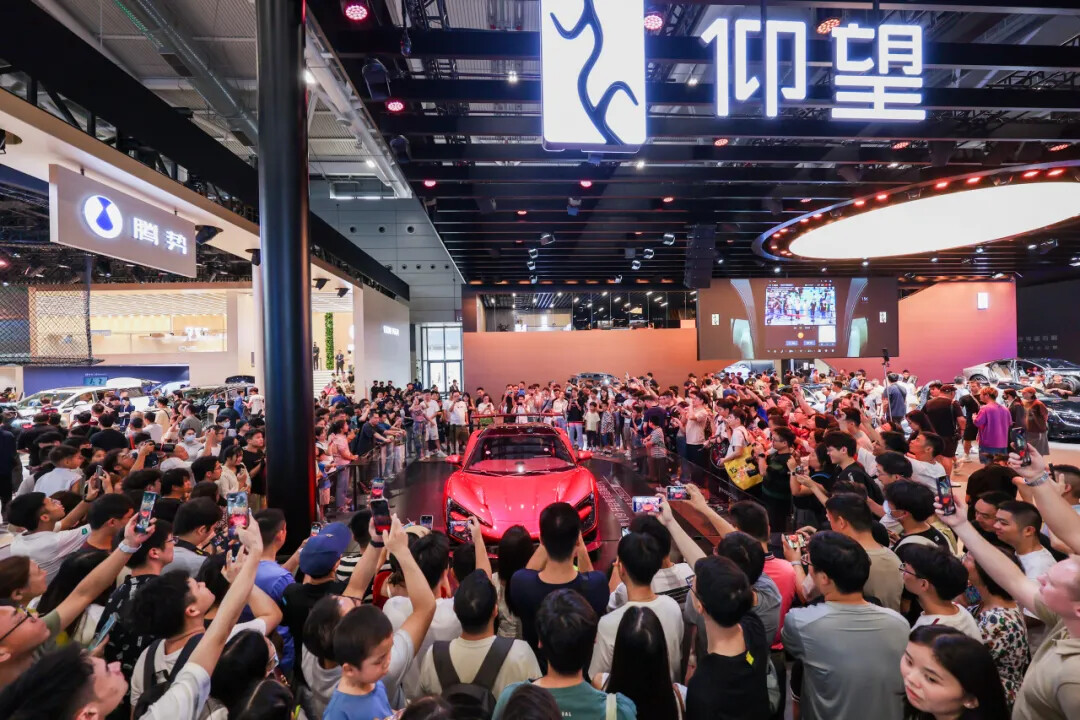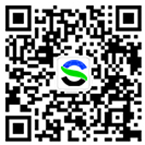
Unlike the Shanghai auto show, which brims with numerous new car debuts, the Guangdong-Hong Kong-Macao Greater Bay Area International Auto Show in Shenzhen centers more on consumers, serving as a hub for enthusiasts and potential buyers to engage with auto brands.
Long known as the Shenzhen auto show, this year's event opened on May 31 — the first day of three-day Dragon Boat Festival holiday — and the booths bustled with families inspecting vehicles and test drives.
On-site sales teams were busy collecting contact information, calculating subsidies, and providing quotes for potential buyers. Some other teams were engaged in livestreaming to attract visitors and offering promotions.
According to the event organizer, approximately 450,000 visitors attended the auto show in the first three days, representing a 27.84 percent increase from 2024. Expected transactions are projected to be around 4 billion yuan ($556 million), an 8.1 percent year-on-year increase, with more than 16,000 cars reserved for purchase on-site.
From May 31 to Sunday, the auto show featured 112 auto brands and showcased 1,039 vehicle models. New players, such as Huawei's Harmony Intelligent Mobility Alliance, Xiaomi, and startups like Nio and XPeng, were present alongside traditional auto brands, such as BYD and Audi.
In the BYD pavilion, models from BYD, Fangchengbao, Denza and Yangwang were displayed, along with an intelligent zone where customers could experience megawatt charging, driving-assist functions and drone performances.
One of the highlights in the outdoor exhibition area was the Yangwang U8, where visitors were able to see the 4x4's emergency feature that allows it to float in water.
Across from the BYD pavilion was another Shenzhen star; Huawei. Models from Huawei's HIMA alliance — including Aito, Luxeed, Stelato, and Maextro that co-developed with automakers Seres, Chery, BAIC and JAC — were all on display. This marked the first time the Huawei alliance appeared together in a dedicated pavilion.
The Maextro S800 sedan, launched a day before the auto show with prices ranging from 718,000 to 1.02 million yuan, was the most popular exhibit in the pavilion. Yu Chengdong, head of Huawei's smart car solutions, and Xiang Xingchu, chairman of JAC, introduced the domestically produced luxury car at the event.
The model debuts Huawei ADS 4 and features a 36-sensor system for omnidirectional perception, anticipating risks such as ditches and steps.
FAW-Audi started presales of the Q6L e-tron series at the event, becoming the first luxury global brand to partner with Huawei. The model integrates customized Huawei Qiankun driving-assist tech into its vehicles.
The dual LiDARs and visual system enable map-free Level 2 driving-assist, highway lane changes and auto-parking functions, targeting tech-savvy Chinese consumers.
Hong Kong actor Andy Lau made an appearance at FAW-Audi's booth. He said: "Perhaps in this era, everyone is competing to see who can run faster, but we prefer to accompany everyone for the long haul with long-termism."
Startup Nio showcased nine models of its three brands: Nio, Onvo and Firefly. "The auto show is overwhelming. Many customers are placing orders directly while visiting the booth," said a salesperson at the Nio booth, adding that the event was expected to boost sales and help reach sales targets.
Although Xiaomi's head Lei Jun did not attend the event, whose presence often causes a stir, a long queue was spotted at the company's booth, with attendees waiting to see the SU7 sedan and YU7 SUV.
The show also featured a special future mobility space station exhibition area, where electric Vertical Take-Off and Landing aircraft from XPeng and other flying car providers were on show.
















